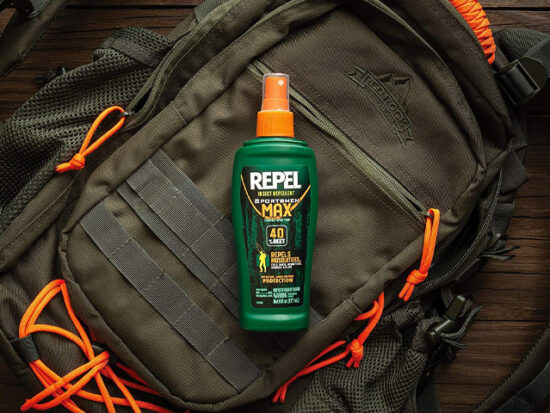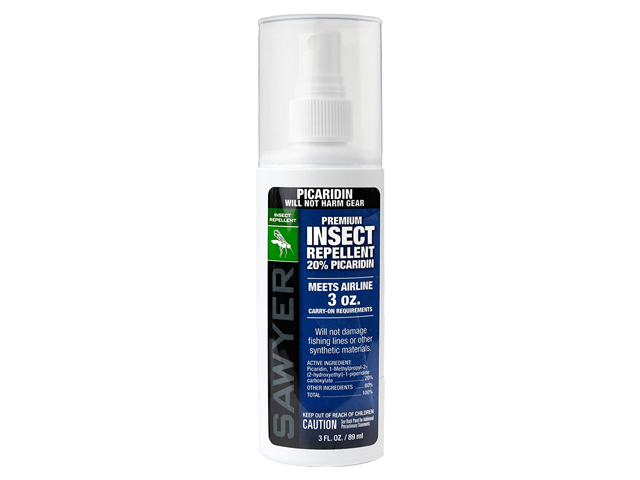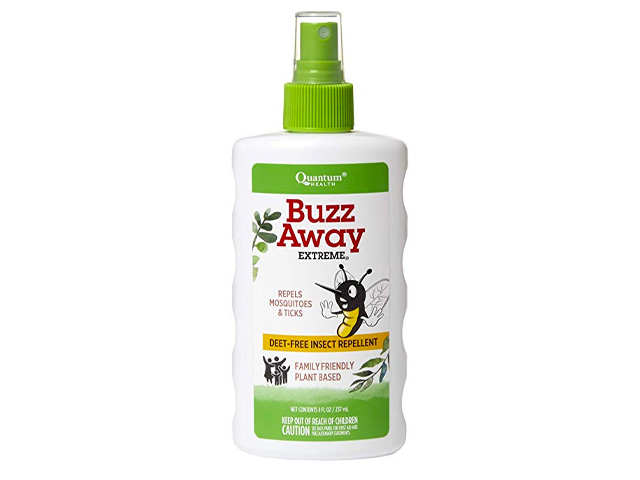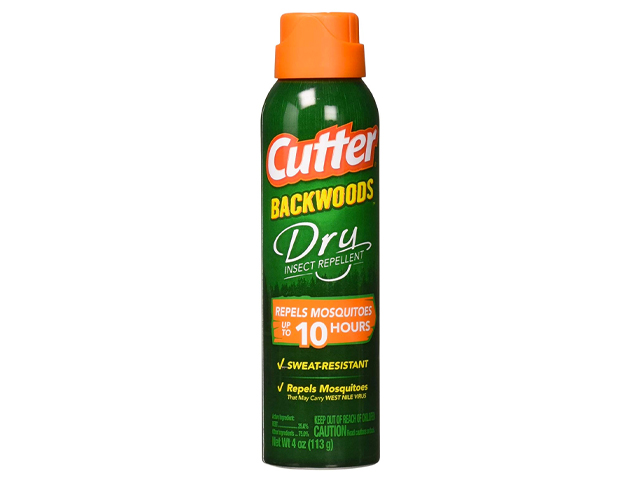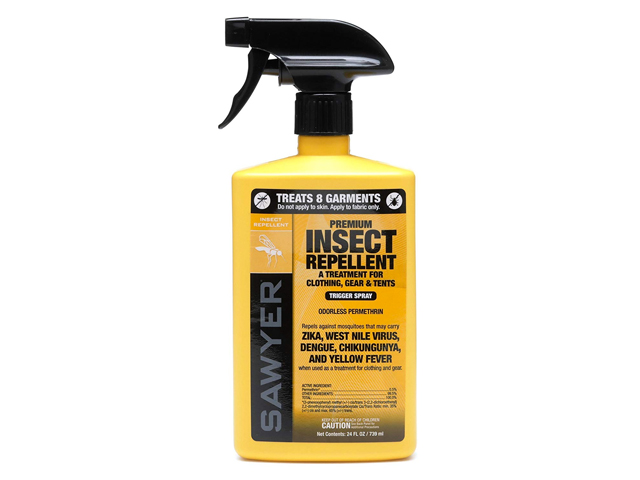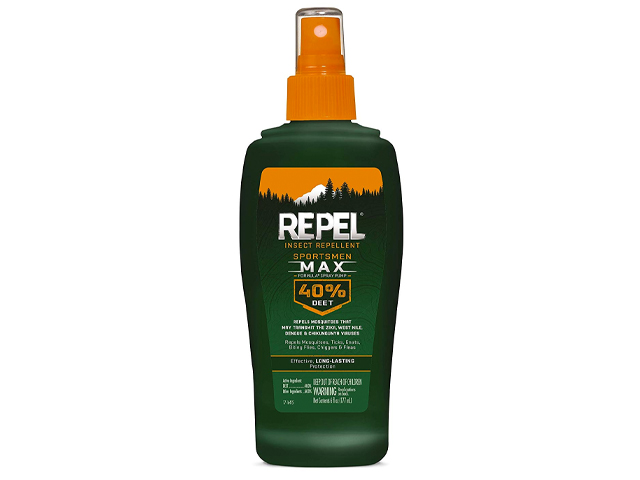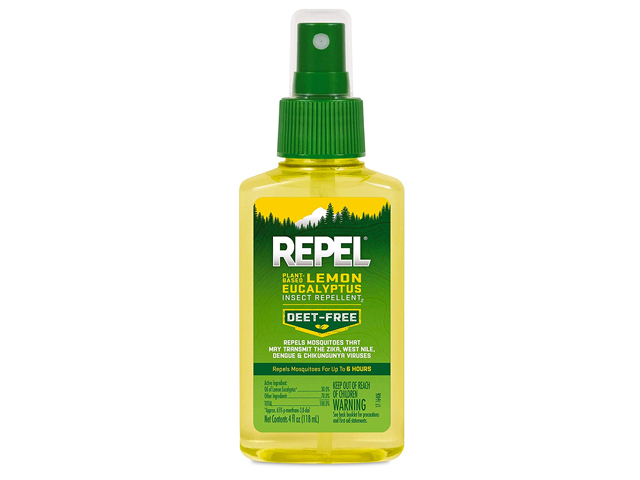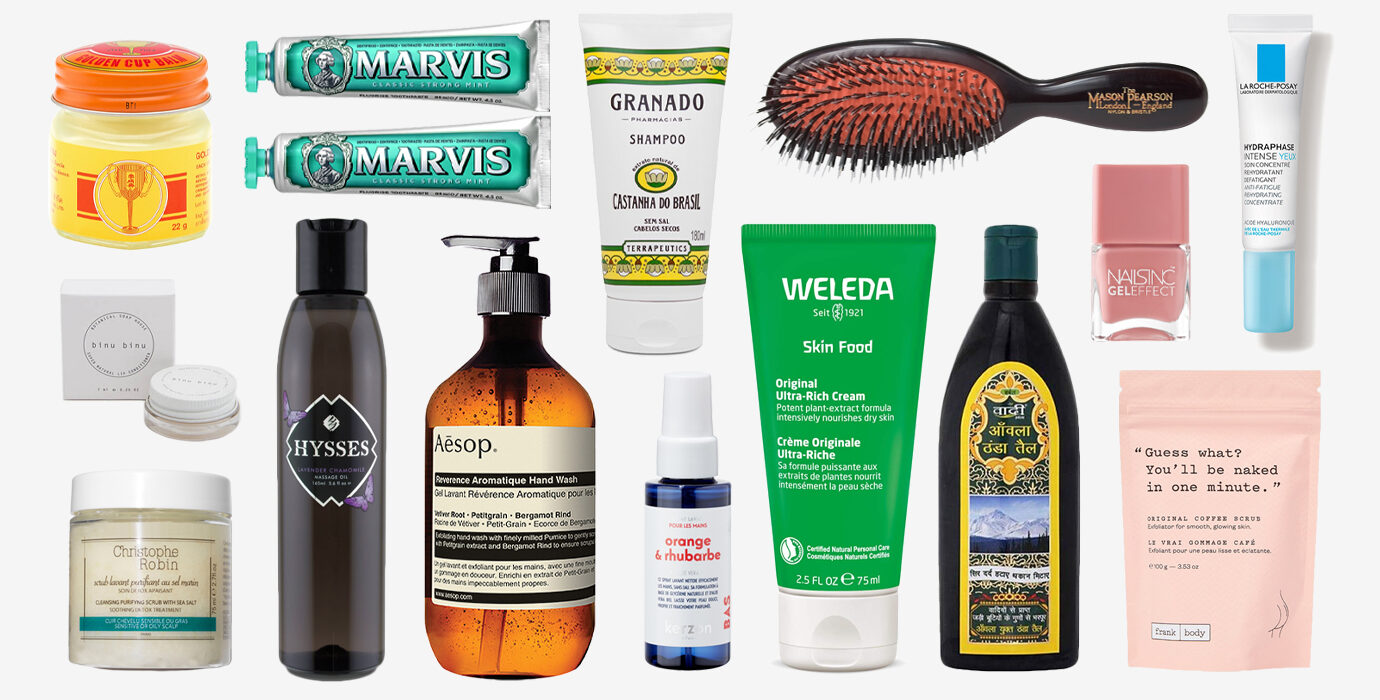
- 1 Best Bug Spray Overall
- 2 Best Bug Spray for Kids
- 3 Best Insect Repellent Balm
- 4 Best Bug Repellent for the Home or Yard
- 5 Best Bug Repellent That’s Safe for the Face
- 6 Best Bug Repellent for Clothing
- 7 Best Repellent for Ticks
- 8 Best Repellent for Gnats
- 9 Best Repellent for Biting Flies
- 10 Best Natural or Organic Insect Repellent
The 10 Best Bug Sprays That Will Save Your Next Vacation
All it takes is a few nasty mosquitoes to turn the great outdoors from paradise into a nightmare scenario. The buzzing pests don’t just ruin an afternoon hike or a stargazing session—they can also carry diseases with lifelong and even deadly consequences. Gearing yourself against the tiny predators is essential, but we get why buy spray is nobody's favorite thing to shop for, pack, or deal with. Traditionally, the stuff is a no-fun combo of sticky and stinky. Not to mention, trying to select a bug spray to buy invites a world of questions: Is DEET safe? How much do I need? What are its alternatives? What about those damn gnats? Fret not: we’ve answered all of your questions, plus rounded up the best bug sprays for any travel scenario—from hiking a leg of the Appalachian Trail alone to bringing the whole family to the tropics. These are the products with evolved, long-lasting formulas that will keep you safe from the troubles that bugs bring, both during your vacation and long afterwards.
Bug Spray FAQs

Why Do I Need Bug Spray?
We hate to get all dramatic on you, but mosquitoes are killers, and ticks are more than just a nuisance, too. The two pests carry diseases that can be life-altering or even life-threatening, including Zika and Lyme disease. Plus, even if you’re not bitten by a disease-carrying mosquito, excessive bites or allergic reactions can cause symptoms including blood pressure spikes, swelling, skin infections, or just plain old-fashioned itchiness that are sure to put a damper on a vacation. In addition to arming yourself with repellent, it’s always smart to check in with the Center for Disease Control’s warnings before travel, especially if you’re headed to areas including where Zika, Lyme, and malaria are concerns.
What Exactly Is DEET? Are There Any DEET Alternatives?
Bug sprays on the market today have a few different active ingredients. You’re likely familiar with DEET, which has been synonymous with repellent for decades. It’s effective, but it’s also responsible for the greasy sheen and familiar stink of traditional bug sprays. Some people with sensitive skin also reported developing rashes after using DEET-based repellents, and over time it can work to break down certain plastics such as those found in outdoor gear like sunglasses.
Those drawbacks eventually led scientists to develop picaridin, a DEET alternative. It’s roughly as effective as DEET, but free of odor and grease. It’s also had fewer reports of skin irritation, and doesn’t dissolve plastics like its predecessor. The main reason some consumers are wary of picaridin is its newness to the market—it’s still unknown whether the synthetic compound has any long-lasting effects.
You might also notice bug sprays made up of IR3535. It typically scores a tad lower than DEET and picaridin for ticks and mosquitoes on efficacy tests, though some users say it just doesn’t work for them. Additionally, it can cause eye irritation and dissolve plastics.

Is DEET Safe?
Skepticism has followed DEET since the 1980s, and some reports clocked it as the cause of rare health issues including seizures and encephalopathy. That led several different teams of researchers to take a closer look, and the science is out: DEET is safe and effective when used as recommended. Follow the instructions on the bottle to avoid overexposure, help children apply safely as opposed to letting them spray themselves with too much of the product, and know that if you still have your doubts, you can always reach for a picaridin-based formula instead.
What Percentage of DEET Is Best?
Not all DEET-based repellents are the same. Different bug sprays contain different concentrations of the active ingredient, ranging from 4% to as high as 100%. More isn’t necessarily better. The CDC notes that DEET’s efficacy tends to plateau around 50%. If you’re headed to a location where mosquito-borne illnesses are a potential issue, the CDC recommends picking a formula with concentration higher than 20%, but not to bother going above that 50% point.
Do Plant-Based Bug Sprays Work?
Yes and no. Picaridin and oil of lemon eucalyptus (or OLE) are derived from plants, and both have scored well in efficacy tests. But other repellents containing plant-based ingredients, including soybean oil, rosemary, lemongrass, and peppermint not only score lower on efficacy tests, but, for some people, can also lead to allergic reactions, which doesn’t typically happen with synthetics. If you’re headed to an area with insect-borne disease, it’s better to use a formula containing DEET, picaridin, or OLE than stay natural and risk illness.

How Often Should I Reapply?
Reapplication depends on the concentration of the active ingredients in your repellent. DEET formulas with a concentration of 30% are designed to last for six hours, and 15% concentrations last for five. Picaridin lasts even longer—most picaridin sprays can protect you from mosquitoes and ticks for up to 12 hours. Follow the advice on the bottle, and consider a new formula if you find yours ineffective.
This is especially important if you’re considering two-in-one bug spray and sunscreen product. As much as we love a multi-tasking product—especially when we’re trying to save space in our liquids travel bag—these two aren’t the best duo. Most sunscreen must be reapplied at least every two hours, but that’s too frequent of a reapplication for most bug sprays.
The Best Bug Sprays to Buy
Best Bug Spray Overall
Sawyer Products Premium Insect Repellent with 20 Percent Picaridin
The picaridin concentration in Sawyer’s repellent makes it as effective as DEET, without any of the grease or stench, and is EPA-approved for the whole family. Plus, an innovative bottle design prevents those uneven drips and puddles that some bug sprays leave behind after a spritz. Even better, you’ve got a full 12 hours of protection, so while we can’t promise a completely carefree vacation, we can at least point you in the direction of a full day without bug worries.
Best Bug Spray for Kids
Quantum Buzz Away Extreme Insect Repellent
While the CDC and EPA have deemed DEET and picaridin safe for kids older than two months, some parents still reach for formulas free of the two. If that’s you, avoid anything with OLE for children younger than three—there hasn’t been enough testing done to mark it safe for that age. Instead, grab this bug spray from Quantum, which uses ingredients like castor oil and cedarwood oil to keep the pests away and is more affordable than other organic sprays marketed towards kids. Just remember that natural bug sprays score lower on efficacy tests, so if you’re headed to an area where insect-borne illnesses are common, take extra precautions with your kids including having them wear long-sleeved shirts, pants, closed-toe shoes, and hats.
Best Insect Repellent Balm
Badger Anti-Bug Balm
Worried about getting through security with an aerosol spray? Grab an insect balm instead. This plant- and oil-based one from Badger is easy to apply, gentle on sensitive skin, and, in a twist for repellents, has a smell that customers love.
Best Bug Repellent for the Home or Yard
Cutter Backwoods Dry
Your idyllic cabin getaway can get a lot less zen when the pond out back is swarming with mosquitos or flies. Take back your yard by loading up on the DEET, but do it with this one from Cutter. Its name says it all—it’s great for the backwoods, but its formula manages to feel dry and far less greasy than any of its DEET competitors.
Best Bug Repellent That’s Safe for the Face
AVON Skin So Soft Bug Guard
We won’t stand for a vacation selfie ruined by a giant bug bite! Protect your face with these gentle wipes from Avon. With a 10% picaridin concentration, the towelettes couldn't be easier to apply all over your body, but they're especially designed with sensitive facial skin in mind. As always with repellent, though, take care to avoid the eye area.
Best Bug Repellent for Clothing
Sawyer Premium Permethrin Clothing Insect Repellent
If you’re camping out under the stars or trekking through tick-infested land, you’re going to need to protect more than just your skin. Stock up on Sawyer’s to spray down items like tents, clothing, sleeping bags, and other gear. It’s armed with permethrin, the chemical most recommended not just to fight off ticks, but to kill them. The product is heavy-duty enough to protect an outfit for as many as six washes, but not so chemical-laden that it will break down fibers or plastics.
Best Repellent for Ticks
Repel Insect Repellent Sportsmen Max 40% DEET
In addition to dousing your clothing, socks, and surroundings in a permethrin-based formula, protect your skin with a 40% concentration of DEET from Repel. The slightly higher concentration will give you long-lasting protection, as well as keep away insects like chiggers that often live near ticks.
Best Repellent for Gnats
Buggins Natural Insect Repellent
This natural formula isn’t super-effective against mosquitos or ticks, but Buggins has found the magical combination of plant-based ingredients to keep even the peskiest of gnats and other “no-see-ums” away. With a pleasant vanilla rose scent and a no-stick formula, it’s a delight to use on a vacation where gnats are unwanted guests.
Best Repellent for Biting Flies
Natrapel 8-Hour Insect Repellent Pump
Don’t spend your trip to a Wyoming dude ranch swatting away flies—and don’t think that DEET will do the trick on these pests. Reach instead for a picaridin-based formula like our overall best pick from Sawyer’s, or this one from Natrapel. The biggest complaint about Natrapel is that it’s a little greasier than other picaridin formulas, but a little sheen is better than a painful horse fly bite.
Best Natural or Organic Insect Repellent
Repel Plant-Based Lemon Eucalyptus Insect Repellent
If you’re determined to stay away from DEET or picaridin, this lemon eucalyptus option from Repel is as effective as you can get. A no-grease formula and refreshing lemon scent will keep you bug-free for up to six hours of outdoor activities, but do note that the EPA hasn’t deemed lemon eucalyptus safe for children under the age of three.
Related Stories
- The Best (and Most Affordable) Sunscreens to Add to Your Amazon Cart Right Now
- The Best Dry Bags for Keeping Your Valuables Safe and Not Waterlogged
All products have been hand-picked by our writers and editors. Items purchased through links may earn us a commission.

